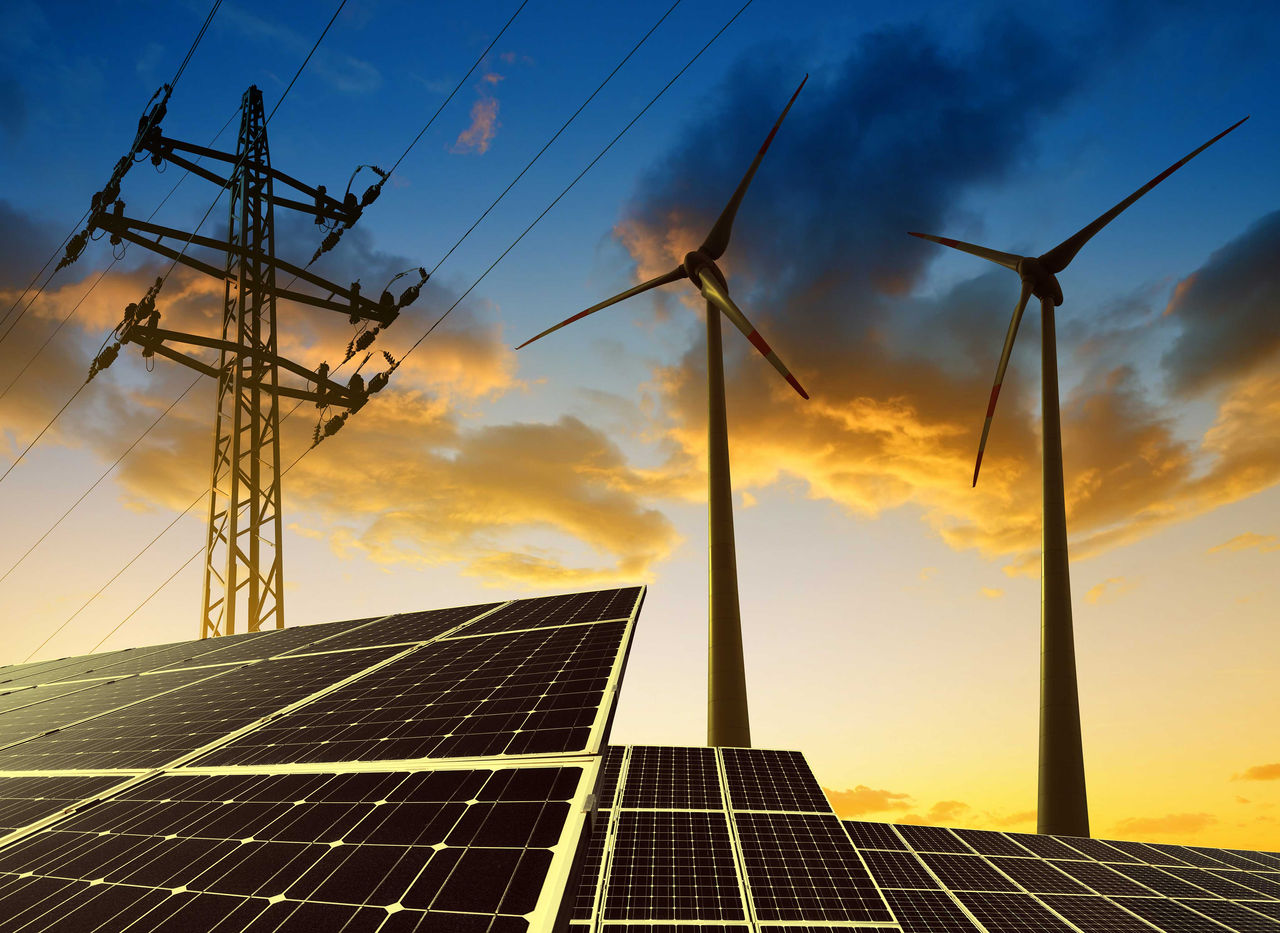Glossario
- Word
- ACT
- Definition
- Actual – associato ad uno o più dati, rappresenta i dati consuntivi (o effettivi). In un sistema di reporting completo vengono generalmente confrontati con i dati di Budget (v. BDG).
In performing its industrial and commercial activities, the Enel Group is exposed to risks that could impact its performance and financial position if not effectively monitored, managed and mitigated.
In this regard, in line with the architecture of Enel’s internal control and risk management system (ICRMS), the Group has also adopted a risk governance model based on a number of “pillars” described below, as well as a uniform taxonomy of risks (the “risk catalogue”) that facilitates their management and organic representation.
Enel has adopted a reference framework for risk governance that is implemented in the real world through the establishment of specific management, monitoring, control and reporting controls for each of the risk categories identified.
The Group’s risk governance model is in line with the best national and international risk management practices and is based on the following pillars:
The Group Risk Committee generally meets four times a year and can also be convened, where deemed necessary, by the Chief Executive Officer and the head of the “Risk Control” unit, which forms part of the “Administration, Finance and Control” Function.
At December 31, 2023, the Enel Group monitored a set of about 300 risks, 11 of which were identified as Top Risks (with an above average likelihood and significant potential financial impacts), mainly identified as regulatory and legal/ tax risks and/or uncertainties.
The Enel Group Risk Landscape© enables the selection and visualization of medium-to-high risks (i.e. excluding highly unlikely and/or low impact events). It is also possible to make a multidirectional selection:
With regard to the Top Risks identified and examined for the Plan period, we find the greater concentration of strategic risks, in particular legislative-regulatory risks (5) in Italy (3) and Spain (2), deriving from exposures to rate revisions, the renewal of concessions and recognition in profitability parameters. As regards the section linked to compliance risks (6), we find a concentration mainly linked to tax risks in Brazil (4) and Italy (1) and legal risks in the United States (1).
The following graphic offers an example of the variability of the main risk clusters in terms of both probability and potential impact in the Top Risk categories. These ranges of variation are representative of the timeline with which the individual risk driver is examined (for example, for a possible evolution of the regulatory framework and ongoing mitigation actions) and the heterogeneity of the type of risks belonging to the same cluster.
Enel has adopted a risk catalogue that represents a point of reference at the Group level and for all corporate units involved in risk management and monitoring processes. The adoption of a common language facilitates the mapping and comprehensive representation of risks within the Group, thus facilitating the identification of the main types of risk that impact Group processes and the roles of the organizational units involved in their management.
The risk catalogue groups the types of risk into macro-categories, which include, as shown below, strategic, financial and operational risks, (non)-compliance risks, risks related to governance and culture as well as digital technology.

Link ai contenuti in evidenza
Strategic Plan
Bilancio consolidato
Zero emissions ambition and just transition
Circular economy
Carbon Capture and Storage – è una tecnologia utilizzata per impedire il rilascio di grandi quantità di anidride carbonica nell'atmosfera, separando l'anidride carbonica dalle emissioni e iniettandola nelle formazioni geologiche.
In italiano, Neutralità Carbonica, rappresenta il bilanciamento delle emissioni di CO2 con processi di rimozione del carbonio.
Lorem ipsum dolor sit amet, consectetur adipiscing elit. Mauris ex quam, cursus at velit hendrerit, ornare rutrum ipsum. Nullam eget lobortis elit, nec condimentum dui.